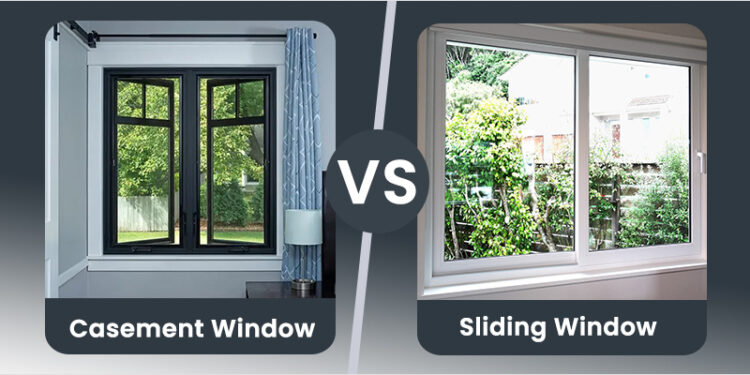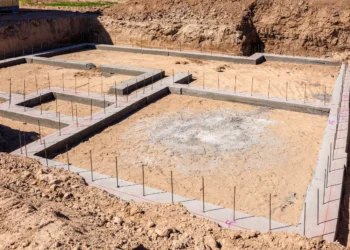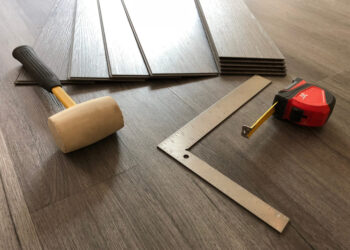Windows is pivotal in defining a home’s aesthetic, functionality, and energy efficiency. Among the various types available in the market, two popular choices often stand out: casement and sliding windows.
Understanding the differences between these two options can significantly impact one’s decision-making process when choosing windows for a space.
Introduction to Casement and Sliding Windows
Casement Windows: These windows are hinged at the side and typically open outward using a crank handle, resembling a door’s operation. They offer unobstructed views and excellent ventilation due to their wide opening.
Sliding Windows: In contrast, sliding windows move horizontally along tracks, opening from one side to the other. They are known for their space-saving design and ease of operation.
Design and Functionality Comparison
Casement windows feature a single sash that swings outward, providing ample ventilation and an unobstructed view.
On the other hand, sliding windows have two sashes, where one glides over the other. Their operation offers simplicity and easy maintenance.
Energy Efficiency
Both types of windows can offer commendable energy efficiency. Casement windows seal tightly against the frame when appropriately closed, minimizing air leakage.
When fitted snugly, sliding windows provide good insulation, reducing drafts and energy loss.
Aesthetics and Versatility
Casement windows offer various customization options, including different frame materials and configurations, allowing for a tailored appearance.
Sliding windows, while more limited in design options, provide a modern, sleek look suitable for contemporary settings.
Installation and Maintenance
Installing casement windows may require more precise measurements due to their hinge mechanism while sliding windows are relatively more straightforward. Maintenance-wise, both types require regular cleaning but differ in upkeep specifics.
Cost Comparison
The cost of casement windows may vary based on materials, size, and additional features. Sliding windows, generally more straightforward in design, might be more cost-effective for budget-conscious individuals.
Suitability for Different Spaces
Casement windows are ideal for areas where a wide opening is desired, such as living rooms or kitchens. With their space-saving design, sliding windows work well in areas with limited space, like bedrooms or hallways.
Pros and Cons
Casement windows offer excellent ventilation and airtight sealing but may pose challenges in solid winds. Sliding windows are easy to operate and space-efficient but might have limited opening sizes.
Factors Influencing Choice
When deciding between casement and sliding windows, factors such as aesthetic preferences, functionality, space availability, climate considerations, and budget should be carefully considered.
Which One is The Best
Choosing between casement and sliding windows depends on various factors and personal preferences. Both types have their advantages and suitability for different scenarios.
If you prioritize maximum ventilation and a wide opening for unobstructed views, casement windows might be the better choice. They offer excellent airflow and seal when closed, providing good energy efficiency.
On the other hand, sliding windows could be more suitable if you’re looking for a space-saving option that is easy to operate and maintain. They have a simple design and work well in areas with limited space.
The best choice for you would depend on factors like the specific requirements of your space, aesthetic preferences, the climate of your region, and your budget constraints. Consider these aspects carefully before ensuring your chosen window type aligns with your needs and priorities.
Final Thoughts
Casement and sliding windows offer unique benefits and suit different preferences and spaces. The decision ultimately depends on individual needs and priorities. Choose rightly.










